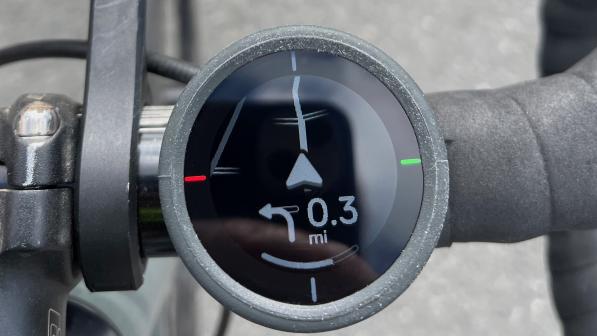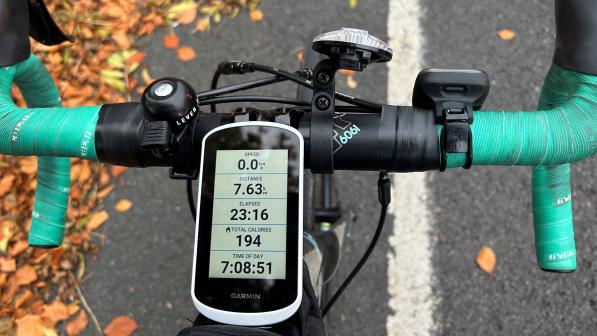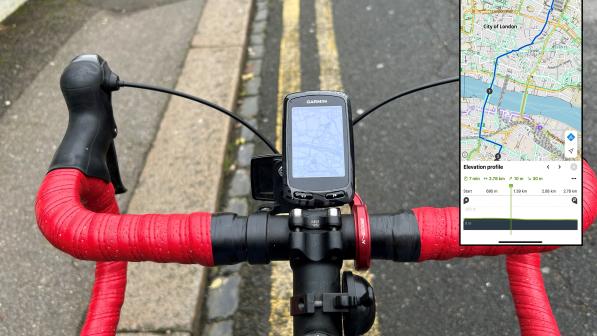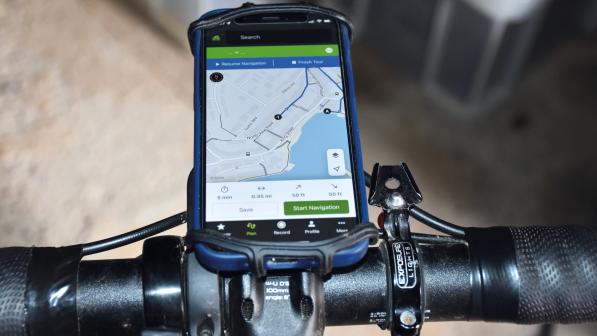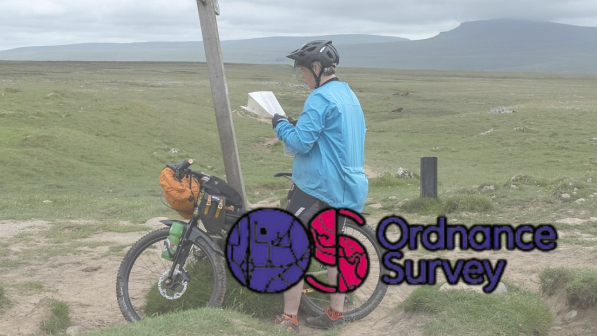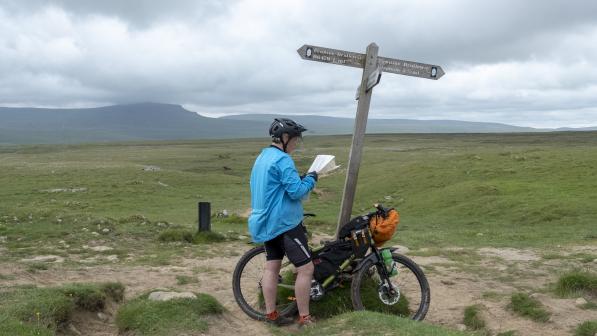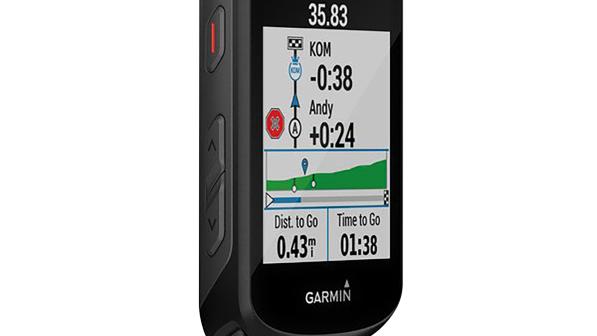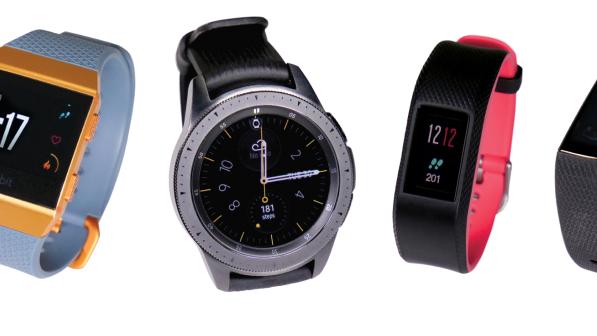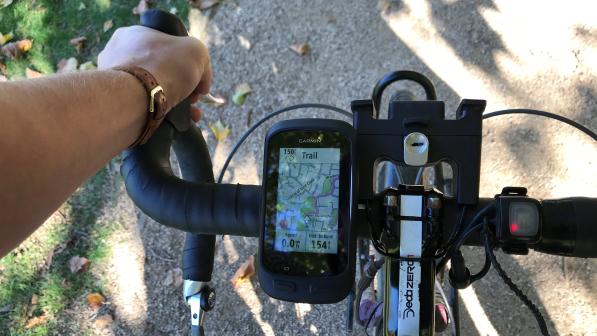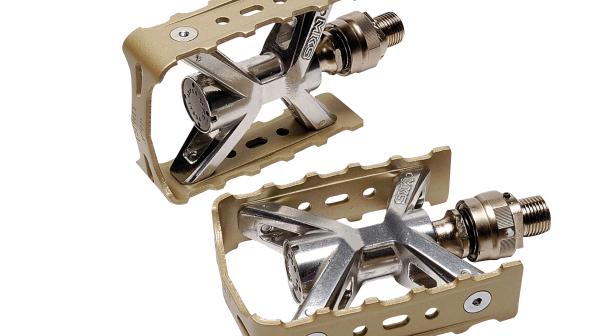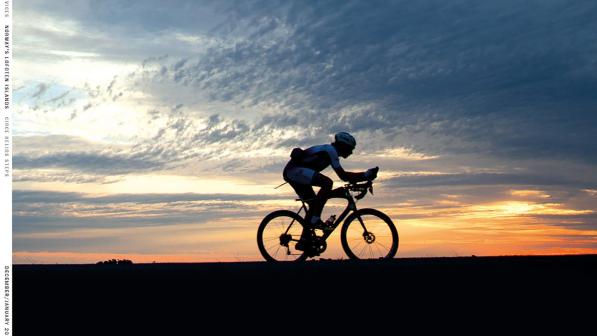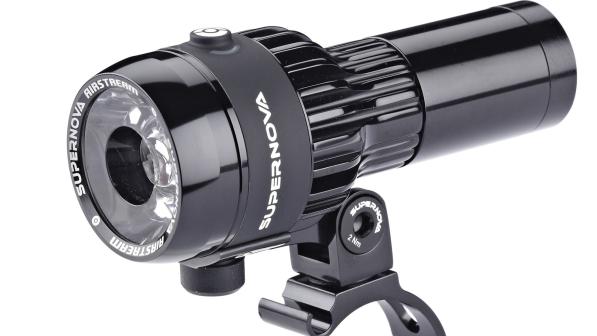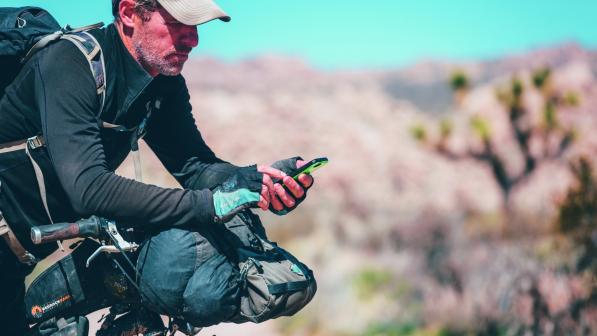Group test: GPS bike computers

Cyclists have always been keen on knowing where they’re going, planning routes, and checking how far, how fast and how high they have been. Paper maps are great for route planning and fine for on-road navigation, and simple computers with a wheel sensor will record vital data.
A GPS device brings all that together, as well as showing where you are, where you have been and where you’re going.
One option is a smartphone. With its embedded mapping function backed up by one of the multitudes of navigation and performance apps, it may do everything you need. Yet smartphone battery life can be poor, and phones are not particularly robust or weatherproof.
The other option is a dedicated GPS computer. These range from relatively simple devices that give you just the stats of your ride, through to fully interactive navigation computers that will keep you in touch with social media while monitoring your heart, power and cadence, as well as where you are going.
In this test we have focused on devices you can use for navigation.
1 Garmin Edge 1030
Price: £499.99. Available from: Garmin.

The successor to the Edge 1000 looks great and is easy to get started with. Switch on, press start and ride. If you first download the Garmin Connect app to your phone and sync it to the 1030 via Bluetooth, you have access to further sensors, personalised settings, Strava (rides upload automatically) and more.
The 3.5-inch screen is bright and clear and allows scrolling, zooming and page turning, with touchscreen operation as well as buttons. I found the data page easy to view while on the move, and a quick swipe would bring up the route map.
With a route set, the 1030 gives instructions with a moving pointer, much like a car satnav.
A warning beep sounds before and at junctions. The map always turns with the direction of travel.
Live tracking
You can get routes onto the 1030 via your computer or by plotting one on the device itself, though this is time consuming. The 1030 can even suggest route options for you. It will also show you the weather forecast, connect you live to friends (provided they have a 1030 too), and allow text messages to show up on the screen.
On a long ride, battery power can be problematic on this tech-heavy unit; Garmin claims up to 20 hours. An extra power pack is available.
Verdict: Impressive, but expensive. Be sure you not only need all those features but have the time to learn how to use them.
2 Lezyne Super GPS
Price: £129.99. Available from: Lezyne.

Lezyne, famous for pumps, lights and multitools, also has a range of GPS units. This is the biggest, although it’s still dinky.
There’s a lot packed into this matchbox-sized unit. The Super GPS is really all about collecting as much data as possible, displaying just what you need while you’re on the bike, and then relaying the full story to your phone for later consumption or interaction.
It will take all the usual sensors if you’re into training or racing – heart monitor, cadence sensor, and ANT+ power meter compatibility are all there. The key to all of this, and to the analysis of your stats, is the free Lezyne GPS Ally smartphone app.
With this running on your phone in your pocket, the Super GPS can provide turn-by-turn navigation, with a breadcrumb trail and audible warnings. If you take a wrong turn, the device will let you know and re-route you.
Long battery life
Reading such a small screen can be a pain. With its small buttons, operating the Super GPS unit on the go isn’t easy; scrolling through the menu and then sub-menus can be tedious.
The USB charging port cover is flimsy and might get lost. However, at 24 hours per charge, battery life is very good – perhaps because your smartphone does some of the heavy lifting.
Verdict: A small but feature packed GPS computer that's good for training and that can do navigation – so long as you have a smartphone too.
3 Wahoo Elemnt
Price: £249.99. Available from: Wahoo.

The third ‘e’ is about the only thing missing from the Wahoo Elemnt, which impresses right out of the box. The design is smart and it feels robust.
In size, it falls between the Garmin and Lezyne. Well-positioned base buttons allow straightforward operation on the go, with the ability to zoom in on screens as well as move between data and navigation pages.
Although it’s possible to just press ‘go’ and ride, it’s best to sync it with your smartphone (iOS or Android) first. Setting up and synchronising was the simplest of all the computers tested. Your phone is also where you’ll find navigation assistance. You can import pre-existing rides or design a new route using the partnered app.
Straightforward mapping
Once up and running, the Elemnt displays a clear black and white route map with indicator arrow, marked route, and a red light warning if you go off track. Though not as detailed as the Garmin’s, the Elemnt’s mapping does show plenty of surrounding detail.
Wahoo has included the facility to get text, phone and email alerts, plus live tracking so friends and family can see where you are.
There are three attachment options: out front, on the stem, and on a TT bar. The stem attachment gives a firmer base when using the buttons. Battery life is a claimed 17 hours.
Verdict: Robust and easy to use. Tourers might want more mapping detail, but the Elemnt’s navigation is good and its data display is excellent.
4 Satmap Active 20
Price: £395. Available from: Xpedition2.

This is a beast of a GPS unit, best suited to exploring off the beaten track rather than logging your club ride or local sportive. It’s able to connect to the GPS satellite system and GLONASS, SBAS and the new European GALILEO, and is less likely to lose you due to topography or tree cover.
This is a very robust unit, with a toughened rubber casing and a Gorilla Glass screen. With a 1GHz processor inside, it’s a very fast operator too, allowing quick and easy manipulation of maps. Satmap has more than 400 map titles in its catalogue, including the full OS range.
Big, bright screen
The 3.5-inch screen is very clear and is touch sensitive for fair weather operation. In ‘proper’ weather, or with gloves, you can use the large front and side buttons instead. Navigating around the map and zooming in and out is quick and responsive.
The lithium battery should last most of the day, despite the speedy processor and well-lit screen. Spare battery packs can be purchased for multi-day tours.
There is a huge amount that the Active 20 can do. Thankfully, there are online tuition services available to make sure you get the best out of it. If you’re not already a user of this kind of system, these services are highly recommended.
Verdict: Oversized for road cycling but good if you're looking to tour or explore off the beaten track, this offers great mapping and reliability.
First published in Cycle magazine, December 2017/January 2018 issue. All information correct at time of publishing.
Cycle magazine
Every two months Cycling UK members receive Cycle magazine, filled with interesting and informative articles, news and reviews for all cyclists.
Members can read the magazine in full online; non-members can read selected highlights.
